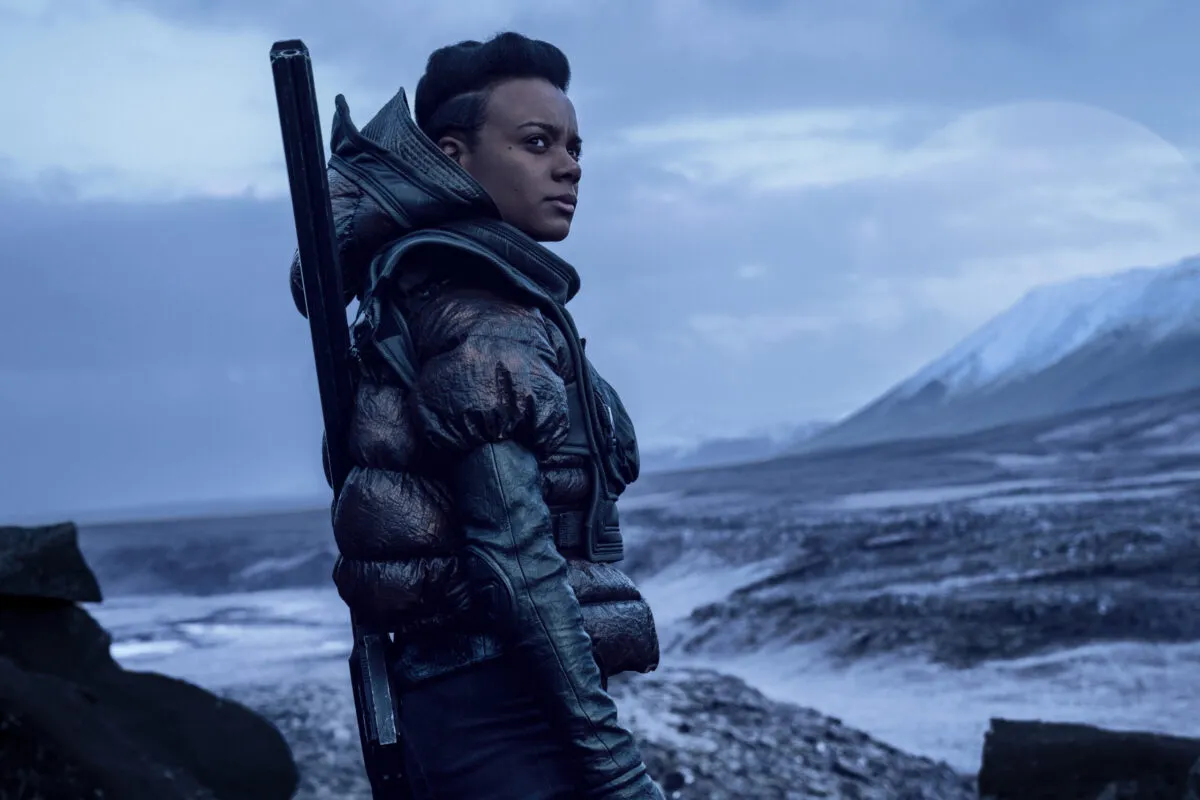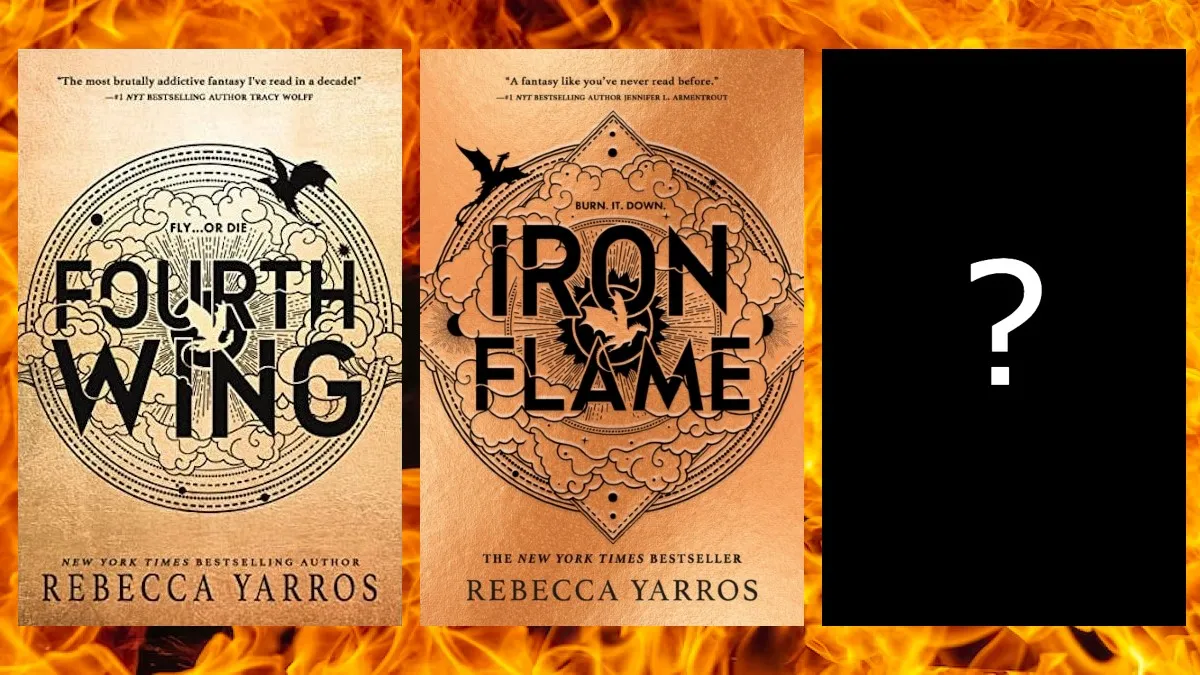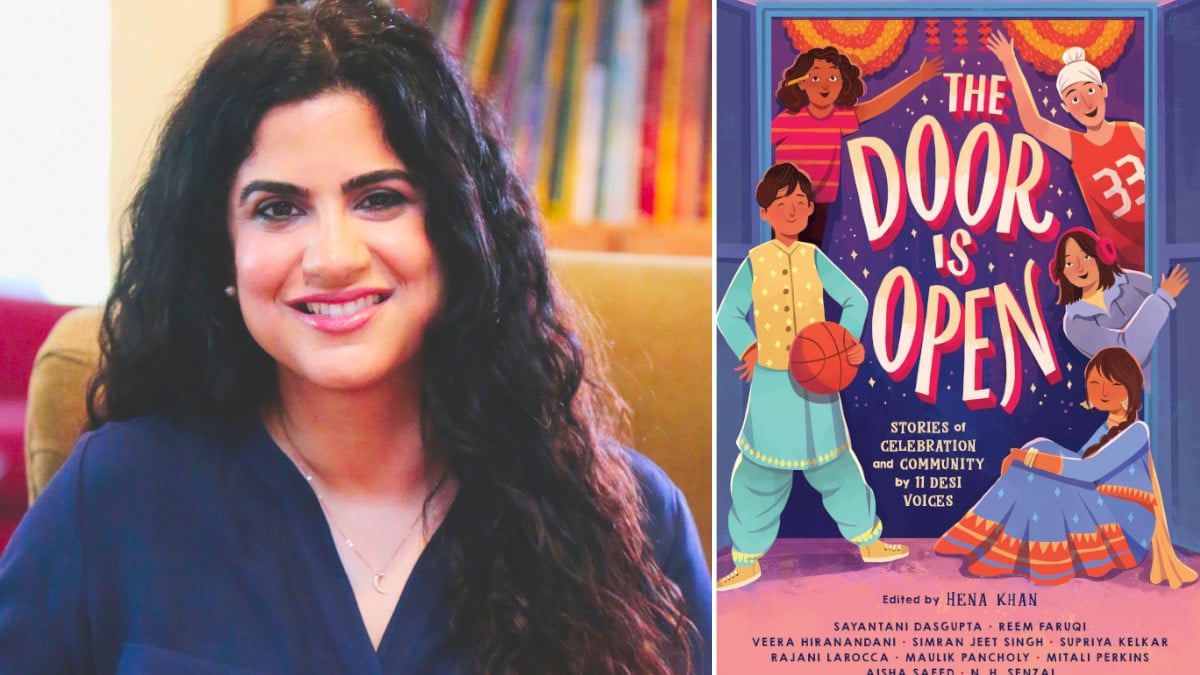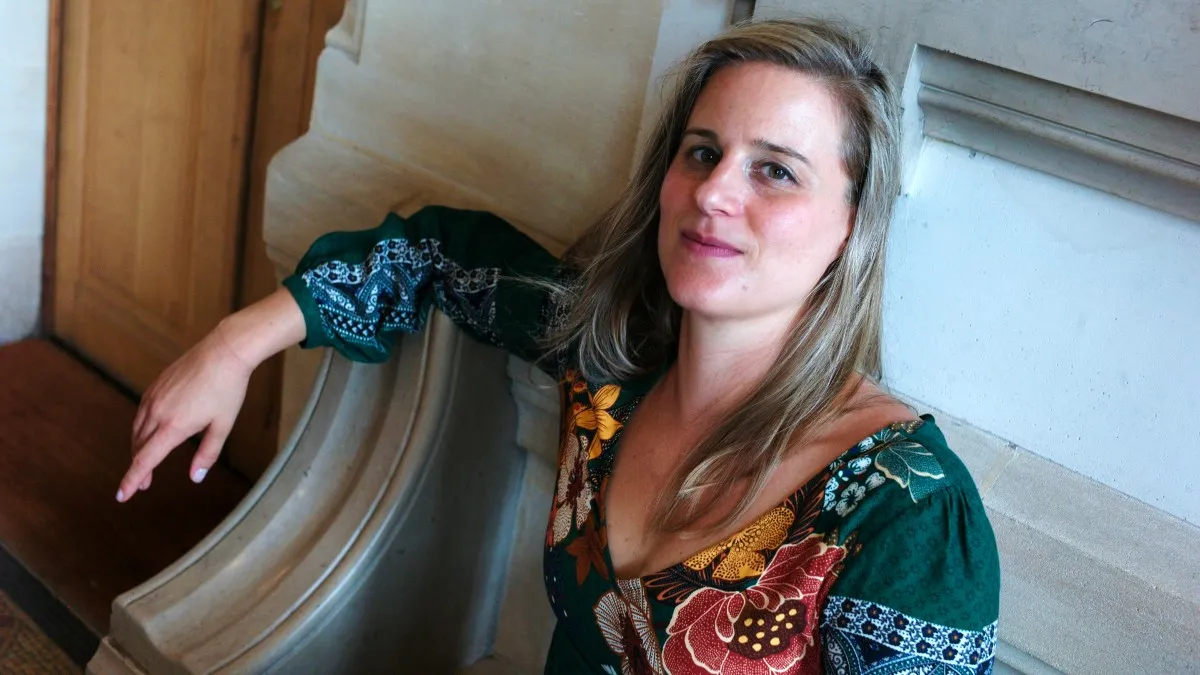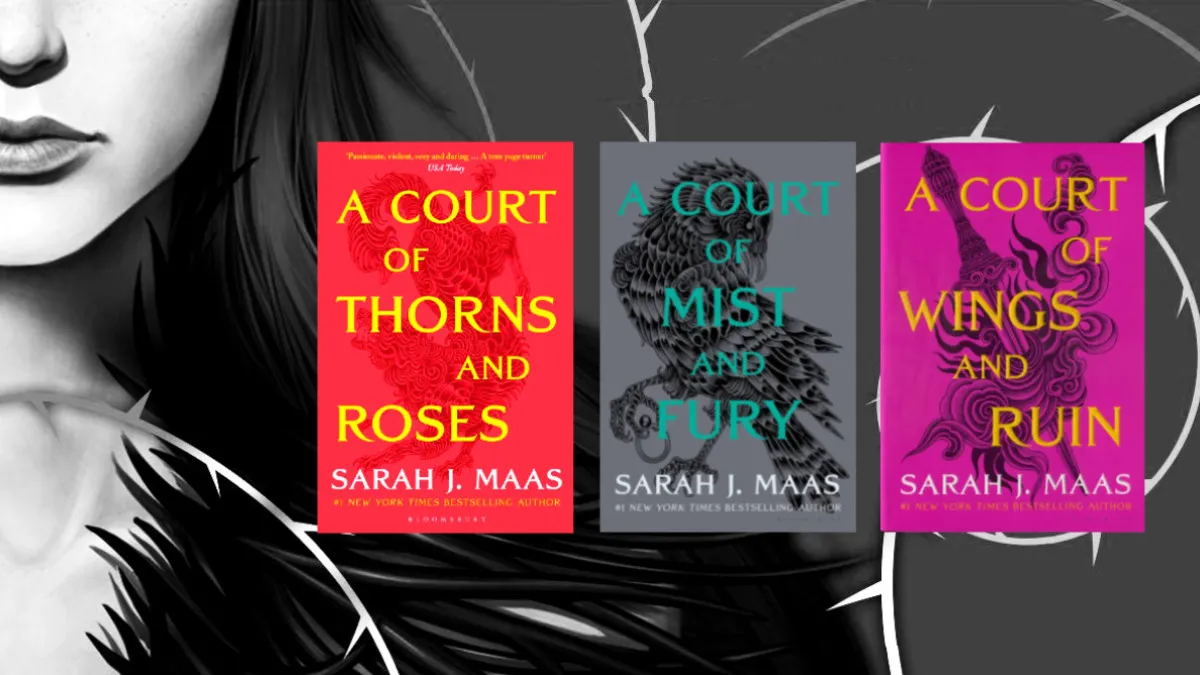Foundation is back on Apple TV+ with its second season, bringing us all back to the visually stunning worlds of the Galactic Empire—from the people of the Foundation carrying on their mission at the very edge of the galaxy, to the palace intrigues of the emperors of the Genetic Dynasty on the central planet Trantor. And that includes Lee Pace as Brother Day, whom, I have to say, is extremely pleasing to me. Tall and ruthless and able to work a floor-length robe? Sign me up.
Still, ever since Foundation premiered in 2021 with its first season, people were very quick to point out just how different the story is from its source material—the book series of the same name written by one of the pillars of science fiction, Isaac Asimov.
Recipient of the Hugo Award for “Best All-Time Series” in 1966, the Foundation books are among the founding—that really is the perfect word given the context—texts of the entire genre, with intricate worldbuilding and themes that have inspired countless other works that came after. That includes Frank Herbert’s Dune, which starts from more or less the same premise of a galactic empire in its final moments (which means it also indirectly inspired Star Wars, which is greatly influenced by Dune).
If you want to give the Foundation series a go but don’t know exactly where to start, here’s a reading guide to help you navigate these seven very dense books.
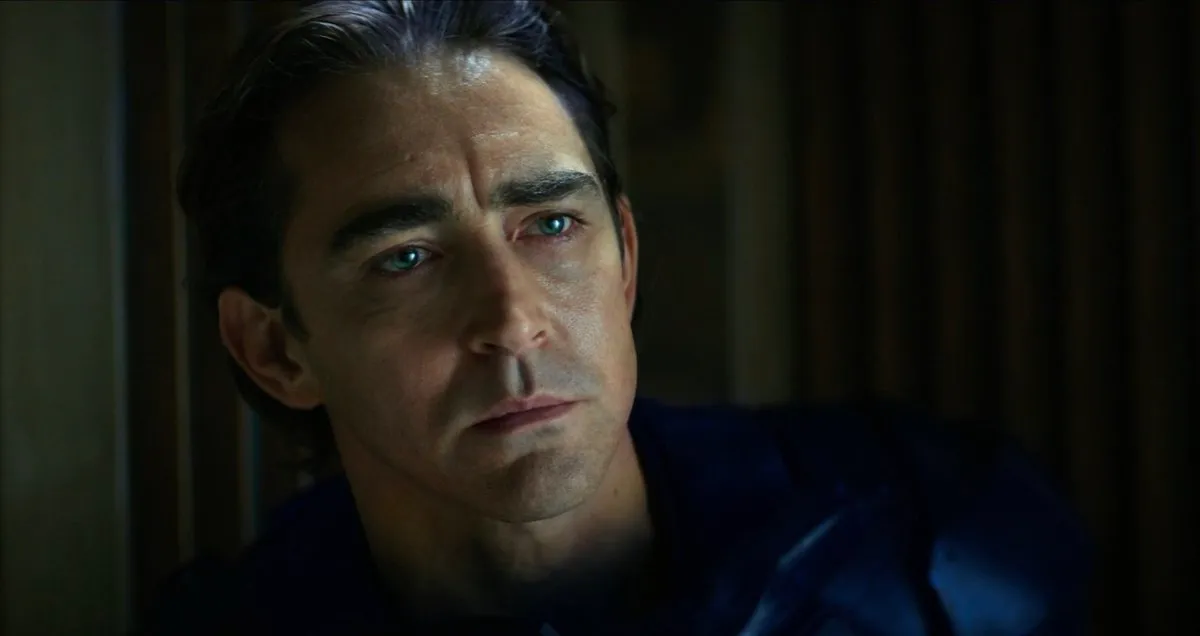
First up is the original trilogy, which Asimov wrote as a series of short stories and novellas between 1942 and 1950, and published in three different novels between 1951 and 1953: Foundation, Foundation and Empire, and Second Foundation. These three books cover the main portion of the story, starting with Hari Seldon and his discovery through psychohistory of the relatively close fall of the Galactic Empire and the dark ages that will follow.
As a result of this, Seldon and his followers are exiled to the remote planet of Terminus, where they can work on collecting humanity’s knowledge so that it can be preserved for those who survive the fall—away from the eyes of the Empire. Over the following years, the Foundation develops new technologies and gains powers in the outer regions of the galaxy, eventually becoming a force strong enough to rival the Empire.

A second set of volumes, Foundation’s Edge and Foundation and Earth, were added by Asimov in 1982 and 1986 respectively. This duology serves as a sequel to the three original Foundation novels, detailing the relationship between the First and Second Foundation and also dealing with the re-discovery of humanity’s ancestral planet, Earth, and its moon.
Finally, there are the two prequel novels, Prelude to Foundation and Forward the Foundation, which Asimov wrote in 1988 and 1993. They account for the path that led Hari Seldon to discover psychohistory and its power of predicting the course of human history, and also how the Empire becomes aware of Seldon and his work—something that does not bode well for either Seldon or psychohistory.
So to recap, here’s the Foundation series in its release order:
- Foundation (1951)
- Foundation and Empire (1952)
- Second Foundation (1953)
- Foundation’s Edge (1982)
- Foundation and Earth (1986)
- Prelude to Foundation (1988)
- Forward the Foundation (1993)
And here’s the series in its in-universe chronological order:
- Prelude to Foundation (1988)
- Forward the Foundation (1993)
- Foundation (1951)
- Foundation and Empire (1952)
- Second Foundation (1953)
- Foundation’s Edge (1982)
- Foundation and Earth (1986)
(featured image: Apple TV+)



